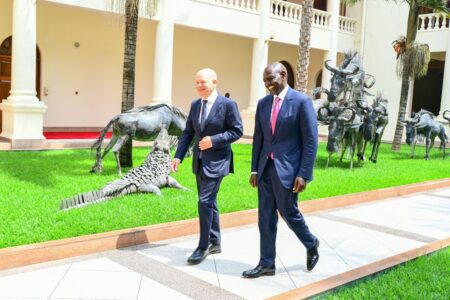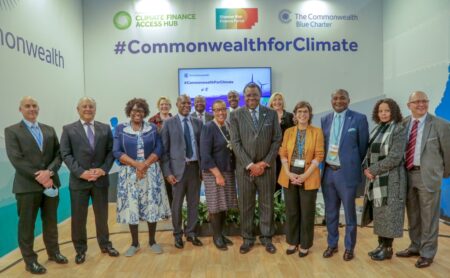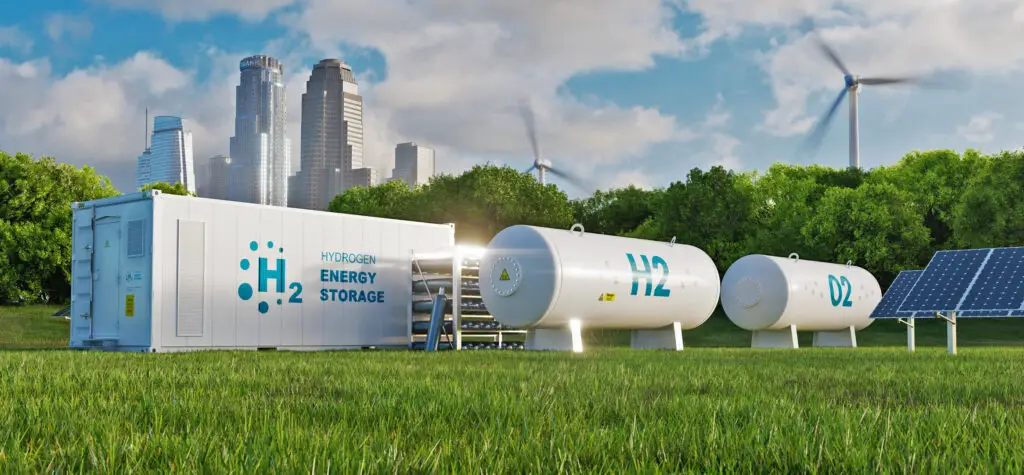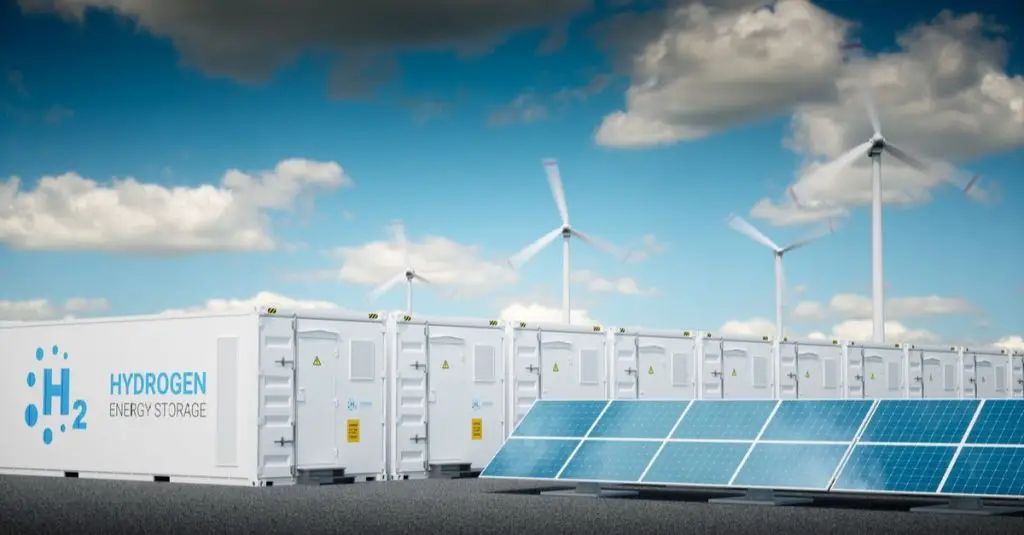- Abu Dhabi radiates optimism as over 300 startups join AIM Congress 2024
- TLcom Capital Raises $154 million in Funding to Boost Its African Growth
- Africa’s $824Bn debt, resource-backed opaque loans slowing growth — AfDB
- LB Investment brings $1.2 trillion portfolio display to AIM Congress spotlight
- AmCham Summit kicks off, setting course for robust future of US-East Africa trade ties
- Why the UN is raising the red flag on the UK-Rwanda asylum treaty
- Portugal’s Galp Energia projects 10 billion barrels in Namibia’s new oil find
- Wärtsilä Energy offers tips on how Africa can navigate energy transition and grid reliability
Browsing: green hydrogen production in Africa
- Africa’s maritime trade, which hit $22Bn in 2018, will reach $48Bn by 2063 but relies heavily on fossil fuels.
- Shipping fuels global warming and is responsible for 2.5 per cent of greenhouse gas emissions.
- Africa urged to include maritime decarbonisation in NDCs for a greener future.
Africa’s maritime trade continues to grow exponentially. However, in light of the climate change crisis and the continent’s vulnerability, deliberations on decarbonising Africa’s maritime transport have emerged. During the Africa Climate Summit (ACS) in Nairobi, Kenya, a key focus point of the Nairobi Declaration was the urgent need to “accelerate all efforts to reduce emissions to align with goals outlined in the Paris Agreement.” Further, world leaders were urged to support and rally behind the proposed global carbon tax on fossil fuel trade and maritime transport.
During the summit, the “Creating Sustainable Pathways in Africa” session sought to realise eco-friendly shipping and economic growth …
- As temperatures keep rising and emissions soar, the planet, too, continues to break (dangerous) new records.
- Climate change is a shared problem that the global community must solve by working together.
- With a strong partnership between Africa, Europe, and the rest of the international community, Kenya, can make significant contributions to the global transition to a net-zero economy.
NAIROBI – Last year in Berlin, the great Kenyan long-distance runner Eliud Kipchoge broke the world marathon record, clocking 02:01:09 and beating his previous time by 30 seconds. His success has made him a legend not only in Kenya but globally. It offers a useful lesson for everyone involved in the fight against climate change. Kipchoge’s winning strategy is rooted in the science of running (as well as 120 miles of hard work every week), and our own approach to the climate crisis must involve the same level of commitment and …
- An increasing number of investors across the globe are angling for a pie of Africa’s $1 trillion hydrogen supply potential.
- By 2050, analysts project that green hydrogen could increase the GDP of six African countries including Egypt, Namibia, Mauritania, Morocco, and South Africa by $126 billion.
- In 2021, the government of Namibia announced the rollout of a green hydrogen project worth an estimated $9.4 billion.
Africa has experienced several energy transitions throughout the past few decades, from coal-powered energy to the massive adoption of electricity that still powers many industries today.
But as the continent enters a new age of renewable energy, Africa’s steady adoption of green hydrogen, a new offering in renewable energy mix has the potential to accelerate the continent’s move into energy independence.
Currently, Africa’s hydrogen supply is estimated at $1 trillion industry and an increasing number of organizations have flooded the market, trying to gain a …
By 2030 alone, between 6,000 and 10,000 megawatts of dedicated renewable energy plants would need to be built to power 3,000 to 5,000 megawatts of electrolyzer capacity, according to figures shown in the presentation. Electrolyzers use electricity to make hydrogen from water.
Green hydrogen production technologies are seeing a renewed wave of interest. This is because the possible uses for hydrogen are expanding across multiple sectors, including power generation, manufacturing processes in industries such as steelmaking and cement production, fuel cells for electric vehicles, heavy transport such as shipping, green ammonia production for fertilizers, cleaning products, refrigeration, and electricity grid stabilization, according to the World Bank.
South Africa possesses exceptional conditions for the development of a competitive green hydrogen industry due to its geographical and institutional environments, giving it the potential to become a development pole at the national and regional levels.…
In June, Zawya Projects announced that Namibia had received 25 submissions for pilot projects, from which it plans to select no more than five.
The four projects – the Daures, Namport, Cleanergy, and TransNamib projects – have a combined value of over N$890 million (53,39 million euros), and some of the funds will be sourced by the initiators of the projects. The four projects will be located in the Erongo region, which has been marked as ‘valley 1’ of the envisaged national hydrogen ecosystem.…









